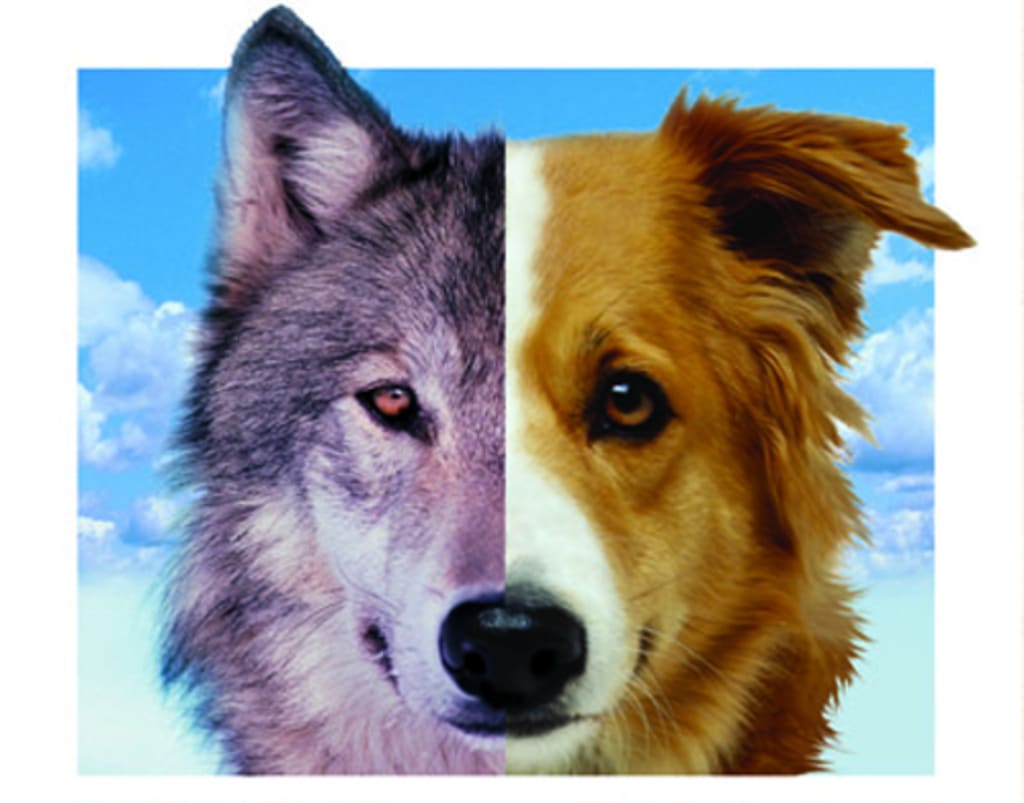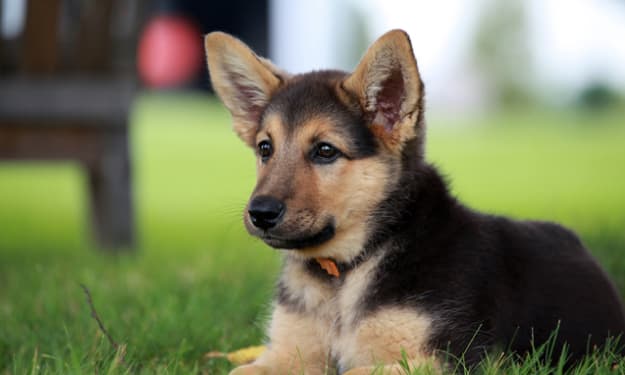The Domestication of Dogs
Evolution: From Wolf to Domestic Dog

Imagine you are out on a camping trip. You’re in your tent getting settled in for the night. Suddenly you hear a rustling sound from outside. You decide to check it out, so you grab your flashlight and step outside. You notice the noise is coming from a nearby bush. As you get closer the rustling gets louder, your heart is pounding out of your chest. Then the noise stops. But before you have time to think of what to do next… a teacup chihuahua jumps straight for you..
Wait what? A chihuahua? You may be thinking “Why is there a little defenseless chihuahua out here in the middle of nowhere? Where is its owner?” Of course a situation like this is not likely to happen. However, although it may be hard to believe, years ago, somewhere along the line of its ancestory, this little chihuahua had relatives who called this wilderness home. Today I’m going to be informing you of the history of the domestication of dogs and how they went from vicious wolves to man’s best friend.
According to an article in Discover Magazine, the domestication of animals usually falls under one of three categories: prey, directed or commensal. In the prey domestication, humans hunt the animal for use as a resource. This type of domestication led to cows, pigs and other farmyard animals we know of today. Directed domestication is when an animal is taken out of the wild by humans in order to be put to a specific use and are bred for that purpose as well. This is the category that produced horses and other animals that are used for transport. Commensal domestication is when humans create an environment that attracts the animal unintentionally. After time, the human begins to accept and encourage the animal’s presence and it eventually becomes separated from it’s kind in the wild.
The domestication of dogs was a combination of directed and commensional. Between 20,000 and 15,000 years ago, when gray wolves began to scavenge around human settlements, canines became the earliest animal domesticated by humans. Humans began utilizing dogs for guarding, hunting and companionship. As those semi-domesticated dogs became more and more distant from their wild relatives, they began harboring genetic mutations such as stumpy legs, that would have not been carried on if they had still been living by the survival-of-the-fittest wilderness.
When comparing different breeds, we may notice that some breeds have unusually short legs without a proportional reduced body size, such as in basset hounds and dachshunds. This is a result of what is called artificial selection. This specific trait was selected in order to make the dog more efficient in specific hunting roles such as capturing small animals. After domesticating wolves into dogs, humans created over 400 dog breeds. Breeders select certain desired characteristics and traits and ensure that they made it into the next generation. That’s how different dog breeds are made. If a breeder wants a dog with a curly coat, he/she would only allow curly-coated dogs to breed with other curly-coated dogs and not with straight-coated dogs. Naturally, the animals that are most well-adapted to their environment are more likely to survive and reproduce, but in dog breeding, the breeders only allow the dogs with the most desirable characteristics to reproduce.
So that’s a little history about how dogs were domesticated over the years through directed and commensal domestication and how they went from being vicious wolves to eventually becoming man’s best friend. So the next time you come across a little chihuahua in the wilderness be cautious, they’re wolf genes may just kick in.






Comments
There are no comments for this story
Be the first to respond and start the conversation.